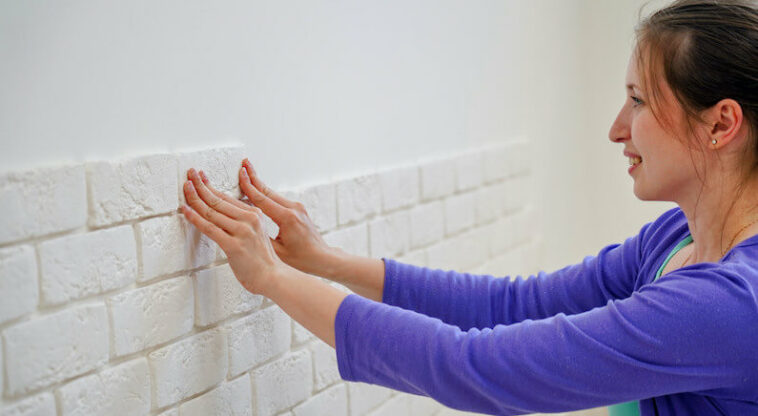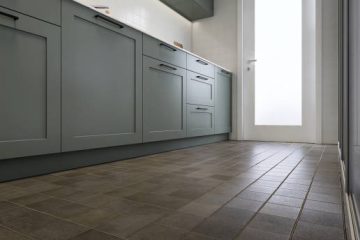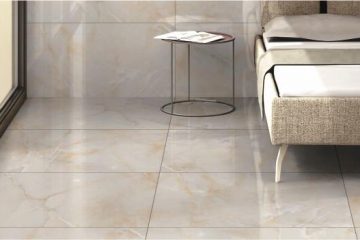8 tips for selecting tiles

These tips will help you make informed decisions when choosing tiles for your space.
It can be difficult to find the right tile for your space, given the number of options on the market. There are many popular tile brands on the market, including Somany Ceramics and Tiles, Nitco and Johnson Tiles, and Asian Granito. There are thousands of choices in various categories, including wall and floor tiles. It isn’t easy to choose the right tile for your space. There are many options available: vitrified tiles and ceramic tiles, porcelain tiles, and cement tiles. We have outlined some tips to help you choose the right tile for your space.
1. It’s all about the basics.
First, decide what type of tile you want. Vitrified tiles make the best flooring option because they are strong and withstand high traffic. You can choose from ceramic or porcelain tiles for walls. They are both non-porous and do not absorb stains. Outdoors, you can choose from matt or anti-skid tiles. This will prevent slips.
2. Size-it-up
There are many sizes available for tiles these days. The most popular sizes are 300x600mm, 600x600mm, and 800x800mm for floors. Wall tiles come in three sizes: 250x350mm; 300x450mm; and 300x450mm. Experts believe that large format tiles give space a larger look. It is recommended to match tiles to the room’s size. The room will appear smaller if you use large tiles for the floor. It is recommended that you use medium-sized tiles, such as 250x350mm. It is a good idea not to cut too many tiles and waste. For example, if your room is 6×5 feet in size, you can choose a double tile.
3. Select the right finish
Digital printing makes it possible to reproduce any tile’s pattern. The design and pattern should not be the deciding factor. It is important to choose the right finish. Glossy tiles look great on walls for exteriors, while stone-finish tiles work well for exteriors. Wood finishes are best for bedrooms as they give a warm feeling. You can use metallics or mosaics with plain tiles for bathroom and kitchen walls. Natural finishes and designs are best for living rooms. For restaurants, it is advisable to choose anti-skid, high resistant vitrified tiles with a specific pattern or design.
4. The right color
To create a cozy look indoors, it’s best to choose light colors for the flooring. You can also experiment with darker colors outdoors. Darker colors can make a room appear larger and airier, while lighter colors will make it feel bigger and more open.
5. Make a plan.
It would be best to buy 5-10% more tiles than you need. If you do have cuts or breakages, this will cover them. Most companies offer a return on unutilized boxes of tiles.
6. It’s easy to do it right.
Contrast grouting was popularized at one time. However, it is always recommended to use grout that matches your tile’s color. It is important to have as few grout lines as possible and keep them invisible.
7. Mix and match
A single tile placed over an entire surface gives it a more spacious and consistent feel. However, you can experiment with 2-3 tiles to give your space a unique touch. You can experiment with borders or a combination of two complementing tiles for floors. To create interesting and unique wall decor, you can use three tiles. You can mix and match mosaic tiles in various formats, including plain and metallic tiles. Many tile manufacturers often sell pre-set tile combinations.
8. Absorption of water
This is an important technical aspect to understand tile strength. Tiles that absorb less water have a longer lifespan because they are more durable.







